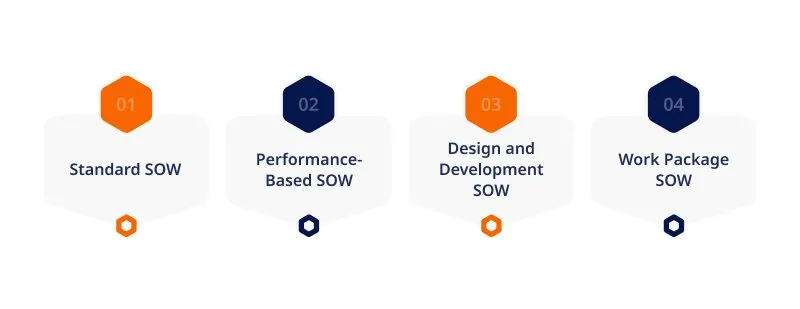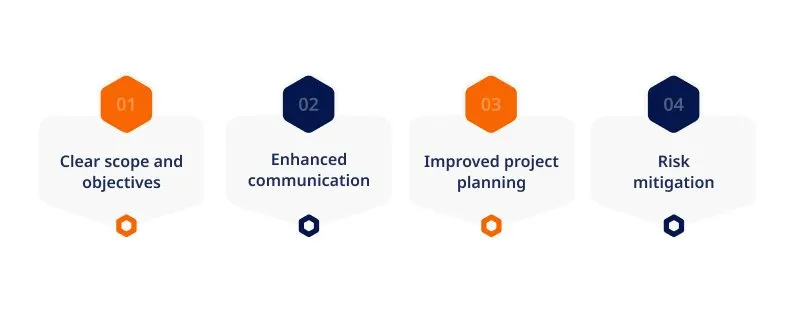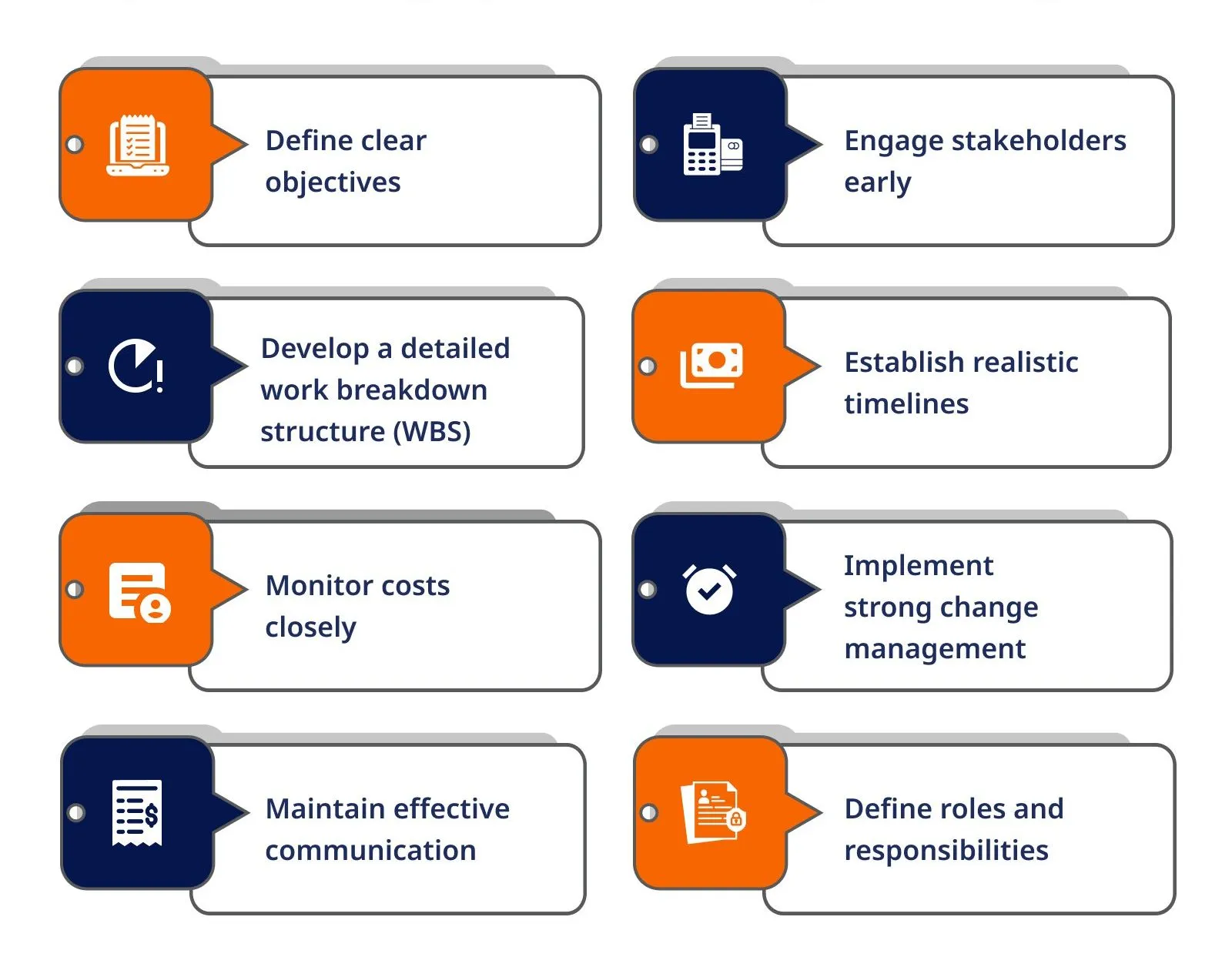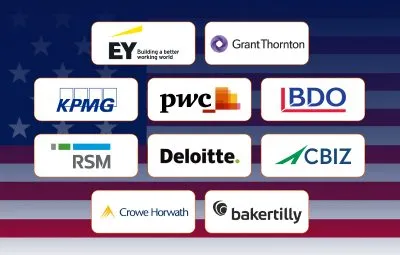The role of the external workforce is continually evolving to meet the needs of businesses better. External workers have become an increasingly essential and regular part of any company’s employment model, providing valuable solutions to address the fluctuating demands of workers.
As a result, the statement of work (SOW) has emerged as the subject’s focal point under consideration in the conditions of such evolution. To achieve this, this document sets out the obligations of the company and the contractor in a very precise, unambiguous, and conclusively definite manner.
Thus, everyone present feels safer, confident, and better positioned to continue with the prescribed tasks.
Let’s understand all about the statement of work in businesses!
Understanding Statement Of Work (SOW)
Sow Definition In Business
A Statement of Work is a legally binding written agreement outlining the project’s details, goals, outputs, activities, milestones, schedule, and roles and responsibilities. It is legal documentation of an agreement between the client and the service provider that contains all the information necessary to complete the work properly. An SOW is valuable because it ensures that all interested parties understand every project detail and prevents misunderstandings and conflicts.
The SOW plays an important role in a map that gives management and other stakeholders a common understanding of the project. Thus, its systematic approach promotes an understanding of expectations, control over resources, and risk prevention.
Purpose Of Statement Of Work
Here are the prime objectives of the statement of work:
- The major objective of SOW is to identify the work required for a project.
- It creates defined and realistic goals regarding expectations and outcomes, enabling all the parties involved to have a similar understanding of the project.
- SOW is used as a framework throughout the project to facilitate decision-making, control of resources, and monitoring.
- Also, it reduces risks as it solves possible problems before their occurrence and defines the terms for work, quality, and adherence to requirements.
Types Of Statement Of Work
Here are the different types of statements of work
1. Standard SOW
A simple, non-specific written statement of the work to be done, the deliverables, the time frame, and the project cost. It normally encompasses project goals, deliverables, activities, checkpoints, and specifications.
2. Performance-Based SOW
Outcome-based rather than process-based it centers on what needs to be accomplished instead of how it will be achieved. It sets concrete and quantifiable goals and objectives for the contractor’s performance while enabling innovation and optimal contract implementation.
3. Design and Development SOW
This type of SOW is used in situations where the development of new products, systems, or software is required. It explains the workflow, stages, testing techniques, and proposed products. This type of SOW usually contains the technical requirements and the standards for acceptance of work.
4. Work Package SOW
Divides a complex project into smaller subprojects or ‘work packages.’ Each of them defines objectives, assignments, and outcomes. It is commonly applied in large-scale activities to enhance the management and monitoring of processes.
5. Level of Effort SOW
Outlines the quantity of work that should be provided (often the number of man-hours) for a specific activity or service instead of detailing expected outcomes. It is often used when providing support services or advice in cases where it is hard to quantify the deliverables.
Benefits Of Statement Of Work
Here are the prominent benefits of the statement of work:
1. Clear scope and objectives
An SOW clearly outlines the project’s scope, objectives, and tasks. It describes what is and what is outside the project’s scope, avoiding confusion about the expected work. Such clarity benefits all stakeholders since they know the project’s objective and expected yields.
2. Enhanced communication
To the people involved in the project, SOW also acts as a primary means of communication. It serves as a focal point in deliberations on specific aspects of projects, including details, work progress, and alterations. It helps minimize misunderstandings since each party knows what is required of them, when it is expected, and what should be accomplished by when.
3. Improved project planning
An SOW facilitates thorough project planning since the project is analyzed and divided into work segments. It defines deadlines, stages, and products, which assists in developing a clear schedule and achievable time frames.
4. Risk mitigation
When done effectively, an SOW helps identify potential risks and strategies to manage them, thus making it a valuable tool. The SOW aids in identifying contingencies and avoiding chances of failure, which might be the cause of the risks.
5. Performance measurement
The SOW defines expectations and measures for assessing the performance and outcomes to be delivered. It enables quantifiable assessment of the results and guarantees that the project complies with the set quality and performance standards.
Key Components Of A Statement Of Work
Here are the key components of a statement of work:
1. Summary
A proposed plan that will identify the project and all that will happen to meet all expectations and goals. This encompasses the general information on the nature of the project and its aims and goals in a few lines. It can also be considered an initial overview of all stakeholders’ knowledge of the following detailed information on the project’s main purpose and expected results.
2. Approval
Deciding on the authority to control the project and make final decisions. This section defines the major players with decision-making power regarding various aspects of the project. It explains who needs to approve the project plan, the deliverables, and any alterations that may be made throughout the execution of the project. A clear approval process assists in guiding the project process and obtaining all requisite clearances and endorsements.
3. Work Breakdown Structure (WBS)
Describe each task and phase of this project and outline how these tasks will be executed. The WBS illustrates the project in terms of its components and subcomponents, down to tasks and subtasks. Tasks are explained in detail across the project phases, with information on how they will be done, who will do them, and when they should be done. This structure is beneficial in relaying the workflow and ensuring that all aspects of the project are addressed.
4. Final Product
Identifying what is and is not required to complete the project, as well as what will be delivered or promised at the end of the project. This section outlines the measurable and non-measurable deliverables expected from the project. It has specific documentation about each tangible deliverable with the criteria that will be used to accept or reject a deliverable.
How To Create An Effective SOW?
Creating a statement of work is a crucial activity that can help ensure a project’s success. It should clarify the endeavor’s scope, timeframe, and cost and outline all parties’ roles and responsibilities. You must take all necessary steps to ensure your SOW is clear and thorough.
Here’s the structure that may be in your SOW:
- Introduction
- Purpose
- Scope of work
- Location of operations
- Task and milestones
- Standards
- Scheduling and due dates
- Monitoring
- Acceptance criteria
- Defining project success
- Payment model
The first step in writing an SOW is to describe the scope of work for the task. This involves citing its purpose, outcome, timeline, and budget. Include all relevant details, such as payment structure, milestones, and reporting requirements. Ensure you and any other significant parties understand what is expected of them before proceeding with any legal documents or contracts.
In this case, it is necessary to define the positions and duties of each participant in the process to avoid misunderstandings in the future. Indicate who will be responsible for which chores to achieve productivity within a particular time and cost parameters.
Once all these points have been identified, legally binding documents can now be established that both parties can review before being signed off as done.
These may include confidentiality clauses, risk-sharing agreements, and proprietorship rights assignments if and when intellectual property is involved with the task and other additional terms depending on individual needs.
However, they must also be updated at other phases of venture development if changes in scope or timetable occur—this will further reduce disagreements between both parties in the future.
Tips For Managing SOWs For Project Managers
Here are tips for managing SOWs for project managers:
1. Define clear objectives
Make certain that the SOW is specific, understandable, and quantifiable. Specificating objectives, tasks, and expected outcomes while working on any project eliminates confusion.
2. Engage stakeholders early
Involve stakeholders early to get feedback and understand what they expect from a project. This will assist in shaping their support and controlling their resistance while engaging them frequently.
3. Develop a detailed work breakdown structure (WBS)
Divide the project into tasks and stages, explaining each one. This structure is helpful in project management processes since it defines the roles and progress of a project.
4. Establish realistic timelines
One must set realistic goals and time frames that must be accomplished. Ensure that your project schedule is flexible enough to accommodate such issues later. Review timelines and consistently modify them if necessary.
5. Monitor costs closely
Make sure to track all the expenses incurred for the project against the budget. Actively manage the costs and adapt cost estimates for the project to ensure it remains within budget.
6. Implement strong change management
Define a clear change management procedure for the SOW. Ensure all change requests are recorded, evaluated, and authorized before implementation
7. Maintain effective communication
Communicate with all the stakeholders about the progress made in the project, new developments, and challenges. Maintaining transparency by managing regular meetings, status reports, and other communication methods is crucial.
8. Define roles and responsibilities
A clear assignment of roles and responsibilities for all stakeholders must be defined. Ensure that all team members know what they are supposed to do and what is expected of them.
9. Risk management
Learn to consider risks beforehand and find ways to manage them. It is also crucial to frequently analyze and modify the risk management plan to include new risks.
10. Regularly review and update the SOW
It is recommended that the SOW be reviewed periodically to ensure that it is still properly aligned with the project’s goals. Modify the SOW to match any scope, deliverables, or timeframe alterations as needed.
Case Studies Of SOWs
Case Study 1: IT Consulting Project
Industry: Information Technology
An IT consulting firm was contracted to improve the IT systems of a medium-sized technology firm. The purpose was to increase system effectiveness and security by migrating file storage to the cloud. The project also entailed reviewing the current structures before developing systems and implementing new ones. The contract laid down the responsibility of the consulting firm to develop the upgrade strategy, implement the upgrade, and educate the client’s IT personnel.
It was a 10-week project with concrete goals like assessment, design, infrastructure setup, and staff orientation. These included the assessment report, new infrastructure plan, cloud storage configuration, and staff sensitization. The client had to grant access to the system, sign off on plans, and manage internal stakeholders.
Budget: $50,000
Acceptance Criteria:
- The improved infrastructure provided the performance and security measures defined by researchers and stakeholders.
- The new cloud storage solution was live and usable with full capabilities.
- IT staff were familiar with the new systems.
Case Study 2: Marketing Campaign
Industry: Consumer Goods
A consumer goods company hired a marketing agency to create and implement an online marketing campaign for a new product. The goal was to increase brand recognition and sales through the Internet. The agency was expected to develop a comprehensive marketing plan and generate content, such as social media updates, blog posts, and videos; it also had to oversee social media advertising, Google AdWords, and Facebook Ad campaigns.
The total case duration was 8 weeks, with 1 week dedicated to planning, 3 weeks for creating content, and 4 weeks to run the ad campaign and analyze its results. Other deliverables included the marketing strategy document, content pieces, advertisements, and weekly performance report. The client was responsible for strategy approval, content suggestions, and result observation.
Budget: $20,000
Acceptance Criteria:
- Get at least 10,000 advertisement space views.
- Create at least 1,000 clicks to the page that offers the product.
- Ensure you achieve a minimum conversion rate of 5%.
Common Risks And Best Practices Of SOWs
Risks Involved In SOWs
Here are some risks involved in SOWs
- Scope Creep: This is where new tasks are introduced into the project without documentation or authorization, resulting in new deadlines and extra costs.
- Ambiguity and Misunderstanding: A lack of sufficient specificity in the SOW or even ambiguity may result in misunderstandings of the requirements and deliverables, generating contests and postponing the project.
- Inadequate Risk Management: The lack of identification and mitigation of risks in a project results in project interruption and failure.
- Poor Change Control: Without effective change management, any change to the SOW can cause misunderstanding, disintegration, and schedule distortion.
Best Practices Of SOWs
Here are the best practices of SOws:
- Clearly Define Scope and Deliverables: Make a clear distinction between all the activities, targets, and products to minimize confusion and disagreement.
- Establish a Change Control Process: Ensure a well-documented method for handling SOW alteration, with procedures that must be followed to ensure project compliance.
- Incorporate Detailed Timelines and Milestones: Simplify the work to be done by dividing the project into phases and setting timeframes for each to monitor and control the workflow.
- Include Risk Management Strategies: Gather the possible concerns that might occur during the process and plan responses to such concerns in advance.
Closing Thoughts
In conclusion, SOW is an essential element in project management and contracting practices that provides definition and order to projects and services. An SOW is necessary because it allows the contractor and the client to precisely define the scope, objectives, deliverables, timelines, and performance requirements necessary for a project’s successful completion.
From the project manager to the client and contractor, recognizing and embracing SOWs will help maximize project performance. They are more than a paper but a plan that defines the direction and goals of a project from initiation to closure.
However, as projects and business relationships become larger and more multifaceted, an accurate SOW becomes imperative and must be considered. As discussed, this investment in clarity can help you achieve better results at every project stage and satisfy stakeholders.
FAQs
Ques: What should a Statement of Work (SOW) include?
Ans: It is important to have a clear and concise SOW that outlines the scope of the project, the project goals and deliverables, the project timeframe, schedule of key events, the roles and responsibilities of the key stakeholders, assumptions and constraints, and terms of reference. It may also include information about the acceptable standards, payment term for services, and ways of dealing with changes.
Ques: How does a Statement of Work (SOW) help manage project risks?
Ans: An SOW also helps reduce the project’s risk since the expectations and responsibilities are outlined initially. It also assists in early risk detection and formulating corresponding risk management measures. Moreover, having an established change control process within the SOW helps limit capability changes and other concerns.
Ques: Can a Statement of Work (SOW) be modified during the project?
Ans: An SOW can be altered throughout a project; however, such changes need to go through a change control procedure. This makes it possible to track and note all changes, thus assisting in controlling project scope, as well as the necessary changes to the schedule and costs that may result from alterations in project scope.














